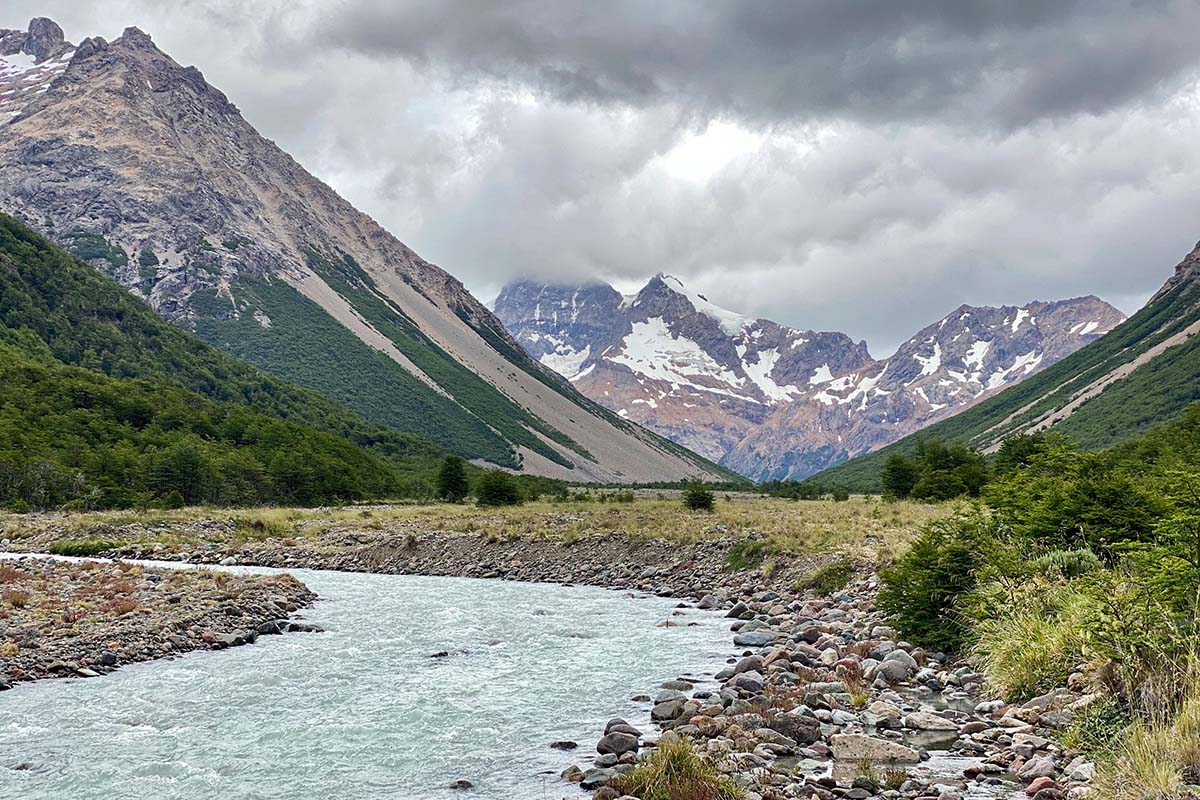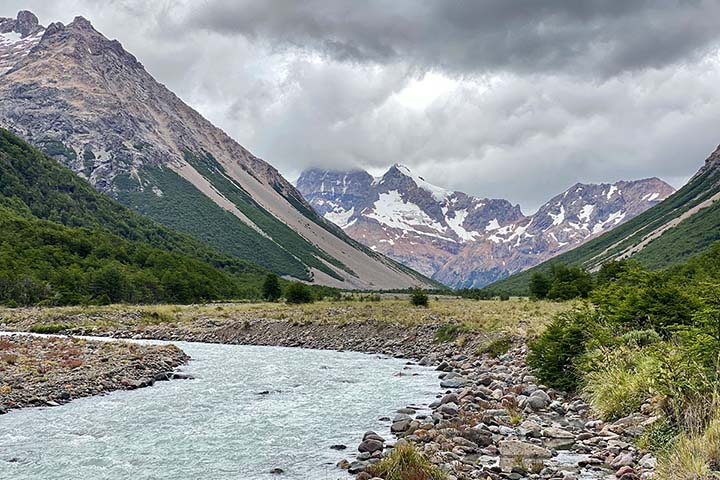

Switchback Travel


Switchback Travel
With all of the negativity surrounding the tragic spread of the coronavirus—lives and jobs lost, cities shuttered, and tensions on high—there are some notable silver linings. Many people have experienced and now appreciate working from home, health care and supply chains are being modernized faster than ever, and somewhat unexpectedly, the air is clear. Often crystal clear. In our home state of Colorado, people are commenting that the sightlines to the mountains are the best they’ve been in nearly 20 years.
The numbers that are coming out are mind-boggling. Here in Colorado, air pollution and contaminants have plummeted across the board compared to 2019. NASA recently reported that air pollution over the Northeastern U.S. has dropped 30% compared to the preceding five years. Pollution in a number of European cities has dropped by more than 45% including a whopping 54% in Paris. Of course, the data sets are limited and information continues to pour in, but these changes in air quality are profound and have occurred in less than six weeks of pandemic-related shutdowns that have kept us all grounded.
Even for those who care about the environment, climate issues sometimes can feel like an avalanche that’s easier to look away from than face head-on. The biggest consequences still are down the road, and the momentum can feel unstoppable. Moreover, there are so many contributing factors, so many countries, and so many people in our world in 2020 that our individual efforts can feel like a tiny drop in the bucket. And it’s okay to care about your own happiness and desire to drive to work or travel to far-flung corners of the planet—we’re all humans and our time is fleeting.
But this result—this clear air we all are seeing from the Rocky Mountains, to the beaches of California, to the coast of New England, to European cities and beyond—is real. This terrible virus, for all the suffering that it has brought upon us, has had at least one unexpected consequence: it has supercharged changes in our world and allowed us to experience in real time what can happen if we make our planet one of our highest priorities.
As this pandemic continues to unfold and eventually (and hopefully) grinds to a halt, here are five tangible takeaways to make this fresh air become a driving force:
1. Gas-guzzling vehicles and planes clearly have an outsized impact.
Of all of the factors that have helped clear the air so incredibly fast, our relatively empty roads and skies are perhaps the most impactful. We have to re-imagine the ways we move people, the vehicles that we drive, and how we can make air travel as efficient and environmentally friendly as possible.
2. Working from home should increase after the pandemic is over.
Interacting with other people has countless benefits, and offices and storefronts will not and should not go away, but this pandemic has allowed us to experience the benefits of more work from home. Less commuting keeps people off the roads and results in significant time saved for employees and businesses.
3. EVs and renewables are more critical than ever.
As many regions and countries cling to fossil fuels for short-term gain or convenience, we must look at the bigger picture. Electric vehicles of all types, although not perfect, can have a big impact in reducing carbon emissions. And it’s time to make a serious move toward renewables and make them the dominate form of energy production worldwide.
4. We must support companies and elected officials who care.
Big changes require leaders who care. As consumers, we have the power of our wallets to seek out and support businesses who prioritize the environment. In the political arena, it’s going to take those who are willing to look beyond their terms in office to catalyze real change.
5. We must support non-profits and local, grassroots organizations too.
Business leaders and politicians certainly affect the big picture, but non-profits fight critical battles in court, and nobody knows more about the pressing issues in your area than local, grassroots organizations. From non-profit advocacy groups to land trusts and local trail associations, our support and involvement make a huge difference.
For all of us, there’s hope. You can see it right now, crystal clear.